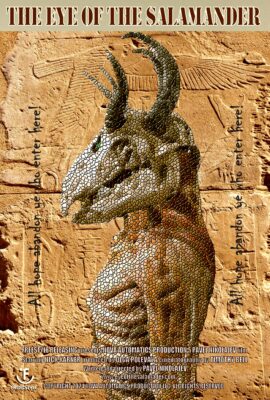“It’s the season when many festival darlings, the films that critics saw and loved in Cannes, Venice, Telluride and Toronto, finally arrive in theaters, and this year, it feels different. More exciting? More like the old days? I’ve been making a concerted effort to actually go and see movies in the movie theater instead of waiting for them to arrive on streaming platforms, and it’s been paying off gloriously.
“The movies I’ve seen recently — “Didi,” “Megalopolis,” “Anora,” “Saturday Night” — have felt urgent and exciting: complicated stories with complicated characters, not a superhero franchise among them. I didn’t love all of these movies equally, but I loved seeing them, loved being in the dark drinking up their writers’ and directors’ idiosyncratic visions. And I loved the intention that led to the experience: I made a decision to see a movie, went to an establishment expressly built for that purpose, sat and paid attention for the length of the film and then, only then, returned to nonmovie life. Contrast that experience with the half-attention I so often pay a movie on a streaming platform, watching it in installments over several nights, maybe on an iPad, maybe while I’m brushing my teeth.
“Each movie I saw in the theater, I talked about afterward, with the friends accompanying me, with colleagues the next day. Some of the movies I’ve streamed — some abandoned before completion — I’ve discussed with no one. As the Times critic A.O. Scott wrote in his wonderful essay “Is It Still Worth Going to the Movies?”: “Just as streaming isolates and aggregates its users, so it dissolves movies into content. They don’t appear on the platforms so much as disappear into them, flickering in a silent space beyond the reach of conversation.” I’m willing to wager that no filmmaker ever made a movie hoping or expecting that it would end up beyond the reach of conversation.
“Not every movie you watch has to be a means of connecting with other people, but it could be. Walking out of “Anora” the other night, chatting with friends, comparing the film with the director’s previous ones, I realized how rare the experience of seeing a movie with a group had become for me. Once, it was commonplace, a weekly tradition. Every Sunday evening when I was 14 and 15, my friends Justin and Tracy and I would go with one of our moms (we couldn’t yet drive ourselves) to the SoNo Cinema, an art-house theater in South Norwalk, Conn., where we saw films that would never be shown in our suburb’s mainstream theaters. We saw Hugh Grant in Ken Russell’s horror movie “The Lair of the White Worm.” We saw “Babette’s Feast,” the first Danish film to win an Oscar for Best Foreign Language Film, and Pedro Almodóvar’s “Women on the Verge of a Nervous Breakdown.” After, we’d go out to dinner and discuss what we’d just watched.
“Searching for information about the theater, I found stories about its struggles to stay open over the years, its various fund-raising efforts. “I’m convinced that a lot of the young people we used to draw are raising families now and watching video rental films at home,” the owner told The Times in 1987, the same year we went to SoNo to see the British film “White Mischief,” about the Happy Valley murder case in Kenya. It closed not long after.
“I’ve over-romanticized those early adventures in theatergoing (I’m not the only one — “the movie house equivalent of ‘The Secret Garden,’” Tracy called it when I asked her recently). But the truth is, my friends and I still discuss the movies we saw at SoNo, how they informed our ideas of what life after high school might be like. And while I’m not going to argue that we’re as impressionable in middle age as we were when we’d been alive for barely more than a decade, my recent trips to the movies have convinced me that whenever the option presents itself, the right move is to see the movie in the theater.”
We are proud to open Anora this Friday at the Glendale, Monica Film Center, and NoHo and November 8 at the Claremont. It is fantastic and even better in a theater.

